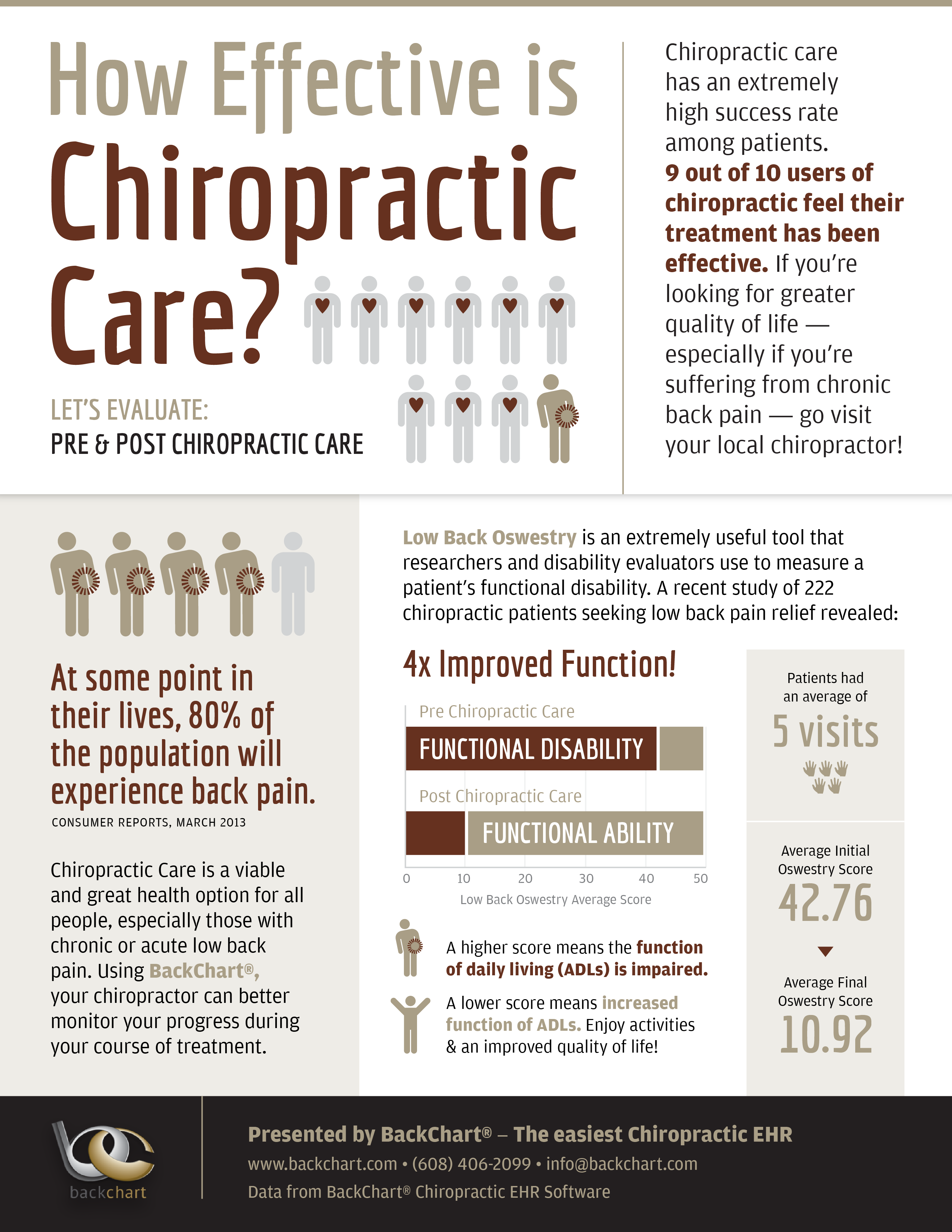Get Ready To Discover The Appealing Mobile Interactions Of Cold Laser Therapy And How It Uses Light For Recovery-- Dive Deeper Into The Scientific Research!
Get Ready To Discover The Appealing Mobile Interactions Of Cold Laser Therapy And How It Uses Light For Recovery-- Dive Deeper Into The Scientific Research!
Blog Article
Article By-Walls Daley
You may have become aware of cold laser therapy as an appealing treatment option for various conditions, yet have you ever asked yourself exactly how it really deals with a mobile degree? Comprehending the devices behind this therapy can clarify its efficiency in advertising recovery and lowering inflammation. By exploring the scientific research behind cold laser therapy, you'll obtain understandings into the remarkable ways in which light can influence cellular processes and promote cells repair service.
How Cold Laser Therapy Functions
To understand just how cold laser therapy works, you need to understand the fundamental concepts of just how light power communicates with biological cells. Cold laser treatment, likewise referred to as low-level laser therapy (LLLT), uses specific wavelengths of light to permeate the skin and target hidden cells. Unlike the extreme lasers made use of in surgical procedures, cold lasers emit low degrees of light that do not produce warmth or create damages to the cells.
When these mild light waves reach the cells, they're soaked up by parts called chromophores, such as cytochrome c oxidase in mitochondria. This absorption activates a collection of biological responses, including enhanced cellular power production and the launch of nitric oxide, which improves blood circulation and decreases inflammation.
Furthermore, the light power can likewise stimulate the manufacturing of adenosine triphosphate (ATP), the energy money of cells, aiding in mobile fixing and regeneration procedures.
In essence, cold laser therapy utilizes the power of light energy to advertise recovery and relieve discomfort in a non-invasive and mild way.
Devices of Action
How does cold laser therapy actually work to generate its healing effects on biological tissues?
Cold laser treatment, additionally known as low-level laser treatment (LLLT), runs with a process called photobiomodulation. When the cold laser is related to the skin, the light energy penetrates the tissues and is soaked up by chromophores within the cells.
These chromophores, such as cytochrome c oxidase in the mitochondria, are then promoted by the light energy, leading to a waterfall of organic reactions. One key system of action is the improvement of cellular metabolic process.
The soaked up light power increases ATP production in the mitochondria, which is important for cellular function and repair service. In Read Homepage , cold laser treatment helps to lower swelling by inhibiting inflammatory moderators and promoting the release of anti-inflammatory cytokines.
This anti-inflammatory impact adds to discomfort relief and cells healing.
Healing Impacts
Recognizing the restorative impacts of cold laser treatment entails acknowledging how the improved cellular metabolism and anti-inflammatory properties contribute to its favorable results on organic tissues.
When the cold laser is applied to the affected area, it boosts the mitochondria within the cells, bring about enhanced manufacturing of adenosine triphosphate (ATP), which is crucial for cellular function and repair service. This boost in cellular power speeds up the recovery procedure by promoting tissue regeneration and reducing swelling.
In addition, the anti-inflammatory homes of cold laser treatment help to lower discomfort and swelling in the targeted area. By hindering inflammatory conciliators and promoting the release of anti-inflammatory cytokines, cold laser treatment help in easing discomfort and boosting the overall healing reaction.
This reduction in inflammation not only gives immediate relief yet additionally supports lasting tissue repair service.
Verdict
Finally, cold laser treatment functions by promoting cellular repair and tissue regrowth through photobiomodulation. Its anti-inflammatory properties provide pain alleviation and lower swelling by hindering inflammatory conciliators.
This therapy offers a detailed technique to recovery, supplying both immediate alleviation and long-lasting tissue repair work benefits.
With its mechanisms of action, cold laser treatment proves to be an effective and encouraging therapy option for a range of problems.
